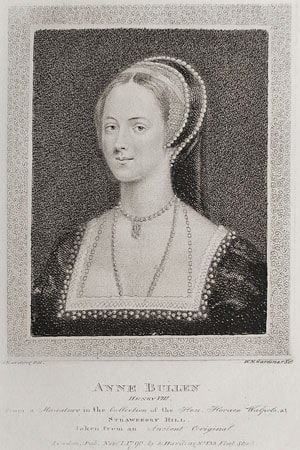
William Nelson Gardiner (1776-1814)
Gardiner was a noted engraver born in Dublin, where he studied art at the Dublin Academy.
Redgrave provides an enlightening portrait of his eccentric life, ‘…he made his way as an adventurer to London, and supported himself by taking in black shade profile miniatures, but was ill-paid, and he then associated himself with some strolling players and became their scene painter, yet with little better success. Meeting accidentally with Captain Grose, he was befriended by him and placed with an engraver. Afterwards he worked for [Francesco] Bartolozzi, whose manner he imitated, and made great progress in the art…he left his business and went to Dublin, where he spent all the money he possessed. Returning to England, he was seized with a conscientious desire to enter the Church, and was admitted to Emmanuel, and afterwards Corpus Christi College, Cambridge. He remained about five years, with a view of qualifying for holy orders, and was candidate for a fellowship, and then again turned to art. He copied portraits in water-colours with much skill, yet with small gains. Possessing a considerable knowledge of books, he next set up as a bookseller in Pall Mall. There, plagued with ailments and a restless spirit, and afflicted with the loss of his wife and child, he wrote some sophistical reflections on the pains of life and the sweetness of death, and committed suicide on June 21, 1814.’
Collections
British Museum, London
Metropolitan Museum, New York
National Portrait Gallery, London
Royal Academy, London
Royal Collection Trust
Victoria and Albert Museum, London
Literature
Mackenzie, I (1988), British Prints, Antique Collectors’ Club
Redgrave, S (1970 reprint), A Dictionary of Artists of the English School, Kingsmead Reprints
Williamson, G C Ed. (1904), Bryan’s Dictionary of Painters and Engravers, George Bell and Sons
Gardiner was a noted engraver born in Dublin, where he studied art at the Dublin Academy.
Redgrave provides an enlightening portrait of his eccentric life, ‘…he made his way as an adventurer to London, and supported himself by taking in black shade profile miniatures, but was ill-paid, and he then associated himself with some strolling players and became their scene painter, yet with little better success. Meeting accidentally with Captain Grose, he was befriended by him and placed with an engraver. Afterwards he worked for [Francesco] Bartolozzi, whose manner he imitated, and made great progress in the art…he left his business and went to Dublin, where he spent all the money he possessed. Returning to England, he was seized with a conscientious desire to enter the Church, and was admitted to Emmanuel, and afterwards Corpus Christi College, Cambridge. He remained about five years, with a view of qualifying for holy orders, and was candidate for a fellowship, and then again turned to art. He copied portraits in water-colours with much skill, yet with small gains. Possessing a considerable knowledge of books, he next set up as a bookseller in Pall Mall. There, plagued with ailments and a restless spirit, and afflicted with the loss of his wife and child, he wrote some sophistical reflections on the pains of life and the sweetness of death, and committed suicide on June 21, 1814.’
Collections
British Museum, London
Metropolitan Museum, New York
National Portrait Gallery, London
Royal Academy, London
Royal Collection Trust
Victoria and Albert Museum, London
Literature
Mackenzie, I (1988), British Prints, Antique Collectors’ Club
Redgrave, S (1970 reprint), A Dictionary of Artists of the English School, Kingsmead Reprints
Williamson, G C Ed. (1904), Bryan’s Dictionary of Painters and Engravers, George Bell and Sons
Our full selection of antique prints can be viewed here.